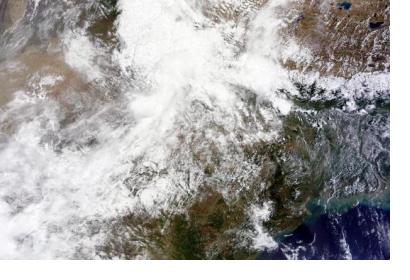Geo-referenced information Systems for Disaster Risk Management (Geo-DRM) is called the initiative launched by the United Nations Economic and Social Commission for Asia and the Pacific (ESCAP) to support the world’s most disaster prone countries build their capacities to recover from natural disasters.
Geographic Information System (GIS) applications for early warning and multi-hazard risk assessment are some of the offers to be found on the portal.
The online Geo-DRM platform is part of ESCAP’s efforts to advance regional implementation of the newly adopted Sendai Framework for Disaster Risk Reduction 2015-2030, according to the United Nations Under-Secretary-General and Executive Secretary of ESCAP, Dr. Shamshad Akhtar. "The main tenet of the Sendai Framework is that disaster risk reduction is an essential condition for achieving sustainable development,” explained Dr. Akhtar. “Over the past 45 years, natural disasters in Asia and the Pacific have affected 6 billion people, led to more than 2 million deaths and caused major economic losses totaling US$1.15 trillion”, she added.
The tool enhances data exchange on applications, operation and policy developments and in space technology and GIS applications. It also supports institutional strengthening and knowledge building by providing instruments based on state-of-the-art learning design theory.
The Geo-DRM provides real-time access to reliable data and the use of space-derived information, GIS, and information and communications technology. Dr, Akhtar affirmed that disaster management requires a multi-disciplinary approach, incorporating spatial data into existing socioeconomic data to help to improve the decision making process and save more lives. The portal is already accessible and even in remote areas.

